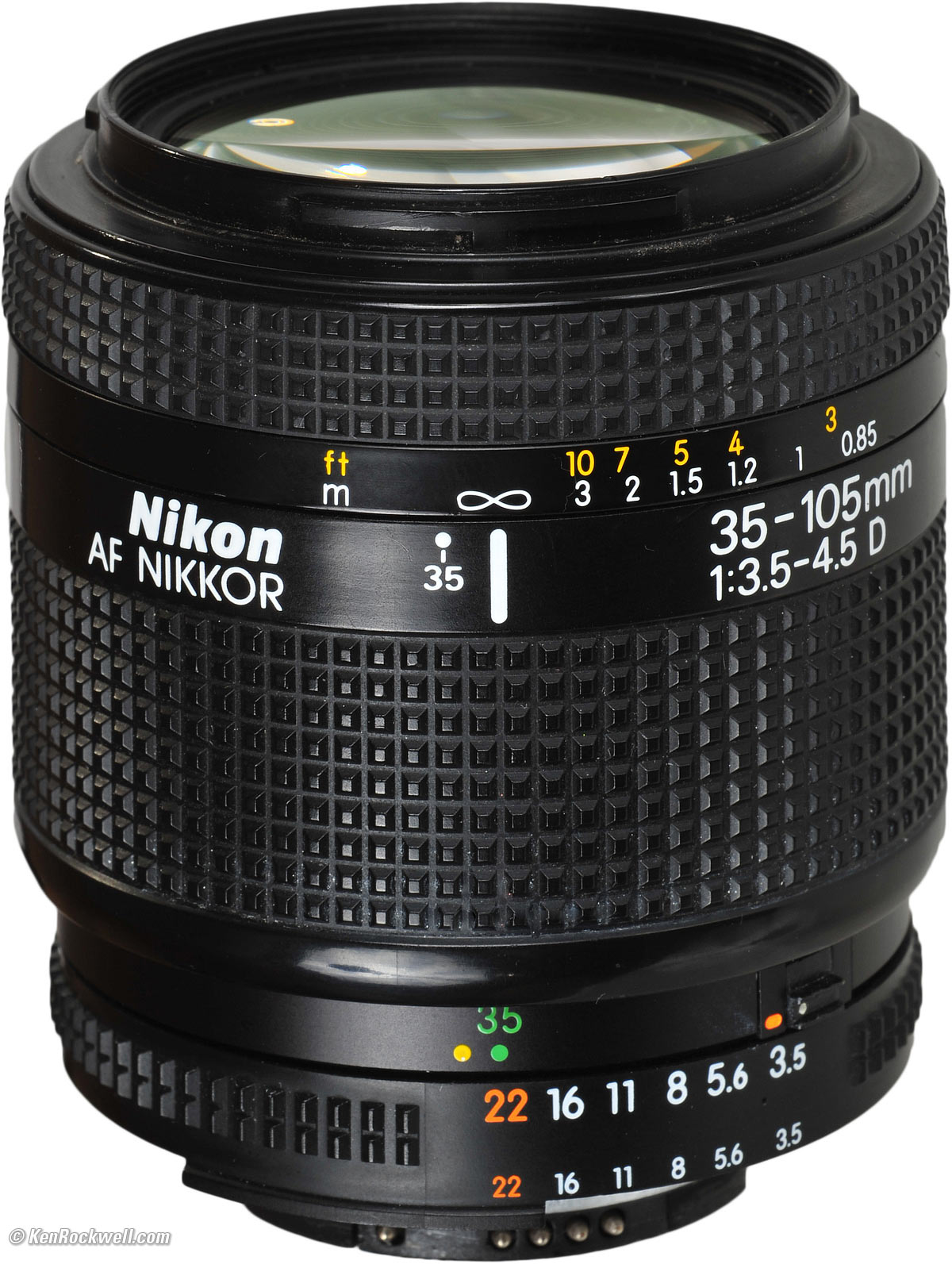

Max Aperture 3.5 Manual Focus Adjustments
The zoom action is also smooth and can be operated with the lightest of touches. This makes fine manual focus adjustments quite easy to apply. A wide rubber focusing ring is located close to end of the lens and its action is well damped and smooth. High quality plastics have been used for much of the lens' construction and a rubber gasket surrounds the metal lens mount, to help prevent the ingress of dust and moisture into the camera body.Auto focus is quick and silent, thanks to the use of a Silent Wave Motor.
...
Severe chromatic aberration gives a noticeable fringing or a halo effect around sharp edges within the picture. Even so, the levels of fringing are only very slight and shouldn't pose too many issues in normal photography.Chromatic aberration is the lens' inability to focus on the sensor or film all colours of visible light at the same point. Simple.For this review, the lens was tested on a Nikon D600 using Imatest.Chromatic aberrations are well controlled although they increase to noticeable levels at 35mm with the aperture stopped down to f/16 or beyond.
It seems reasonably priced for a brand new lens, especially considering the performance it delivers, as the price is bound to drop as the lens becomes more available.The older D version of this lens is still available at many retailers for around £470 and has basically the same spec, except for the silent focusing motor and the addition of a manual aperture ring for use with older Nikon cameras.Those shopping for an ultra-wide angle lens covering this range may also consider Nikon's 16-35mm f/4G ED VR lens, which costs around £830. Although this lens doesn't sport the latest Nano Crystal coatings, it is very resistant to flare and contrast holds up extremely well when shooting into the light.Nikon AF-S NIKKOR 18-35mm f/3.5-4.5G ED Sample PhotosThis lens costs around £600 and includes silent focusing with full time manual override and a variable maximum aperture of f/3.5-4.5. The distortion pattern is uniform at either end of the zoom range, which should make applying corrections in image editing software fairly straightforward.A shallow petal shaped hood is supplied with the lens which does a reasonable job of protecting the lens from extraneous light that may cause issues with flare. This level is reduced to 1.28% barrel distortion at 35mm. Visually uniform illumination is achieved with the aperture stopped down to f/8 or beyond throughout the zoom range.As you might expect very strong barrel distortion of 4.78% is present at 18mm, which will be easy to spot in any images that have straight lines running parallel to the edges of the frame. At 18mm the corners are 2.18 stops darker than the image centre and at 35mm the corners are 1.15 stops darker.
It's a shame that distortion and falloff aren't better controlled, but then these are flaws to be expected with this kind of lens.Those after a high quality ultra-wide angle lens for their FX format Nikon camera without paying silly-money will do well to add this optic to their list of considerations.The Nikon AF-S 18-35mm f/3.5-4.5G ED lens has outstanding sharpness in the centre throughout the zoom range.Outstanding sharpness in the centre throughout the zoom rangeFalloff of illumination towards the corners at 18mmNikon AF-S NIKKOR 18-35mm f/3.5-4. Sharpness in the centre of the frame is outstanding throughout the zoom range and CA levels are kept under control. Their 16-28mm f/2.8 lacks a silent focusing motor, but does offer a wider field of view, a faster constant maximum aperture of f/2.8 and costs around £700.Based on sharpness alone, this is a great lens, at a reasonable introductory price from Nikon.


 0 kommentar(er)
0 kommentar(er)
